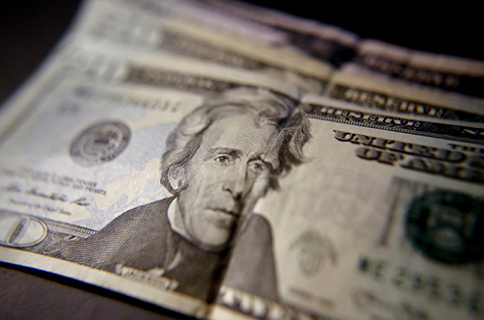By CHRISTOPHER RUGABER and RICARDO ALONSO-ZALDIVAR
WASHINGTON (AP) — The number of Americans without health insurance edged up in 2018 — the first evidence from the government that coverage gains from President Barack Obama’s health care plan might be eroding under President Donald Trump.
The Census Bureau also said in an annual report Tuesday that household income rose last year at its slowest pace in four years and finally matched its previous peak set in 1999. Median household income rose 0.9% in 2018 to an inflation-adjusted $63,179, from $62,626 in 2017.
The data suggest that the economic expansion, now the longest on record at more than 10 years, is still struggling to provide widespread benefits to the U.S. population. Solid gains in household incomes in the past four years have returned the median only to where it was two decades ago. And despite strong growth last year in the number of Americans working full time and year-round, the number of people with private health insurance remained flat.
“While any reduction in poverty or increase in income is a step in the right direction, most families have just barely made up the ground lost over the past decade,” said Elise Gould, senior economist at the liberal Economic Policy Institute.
Though income inequality narrowed last year, it remains near record levels reached in 2017. Last year, the richest 5% of the U.S. population captured 23% of household income.
An estimated 27.5 million people, 8.5% of the population, went without health insurance in 2018. That was an increase of 1.9 million uninsured people, or 0.5 percentage point.
More people were covered by Medicare, reflecting the aging of the baby boomers. But Medicaid coverage declined. The number of uninsured children also rose, and there were more uninsured adults ages 35-64.
Though the increase in the number of uninsured Americans last year was modest, it could be a turning point, the first real sign that coverage gains under Obama could be at least partly reversed. This year, the number of uninsured could rise again because a previous Republican-led Congress repealed fines under the Affordable Care Act for people who remain uninsured if they can afford coverage.
The Census report is sure to play into 2020 presidential politics. Health care is the leading issue for Democrats, with proposals including Sen. Bernie Sanders’ call for a government-run system to cover everyone and former Vice President Joe Biden’s idea for expanding Obama’s law and adding a government plan open to virtually anyone.
Trump spent most of his first year in office unsuccessfully trying to get a Republican Congress to repeal the Affordable Care Act. He is now asking a federal appeals court to overturn it as unconstitutional. The president also slashed the program’s sign-up season ad budget and scaled back funding to help people navigate the enrollment process. Trump also removed a subsidy for insurers, thereby triggering a jump in premiums.
Yet ACA enrollment has held fairly steady, with about 20 million people covered by its mix of subsidized private plans and a Medicaid expansion for low-income individuals. The Census report found that Medicaid coverage declined by 0.7 percent from 2017.




